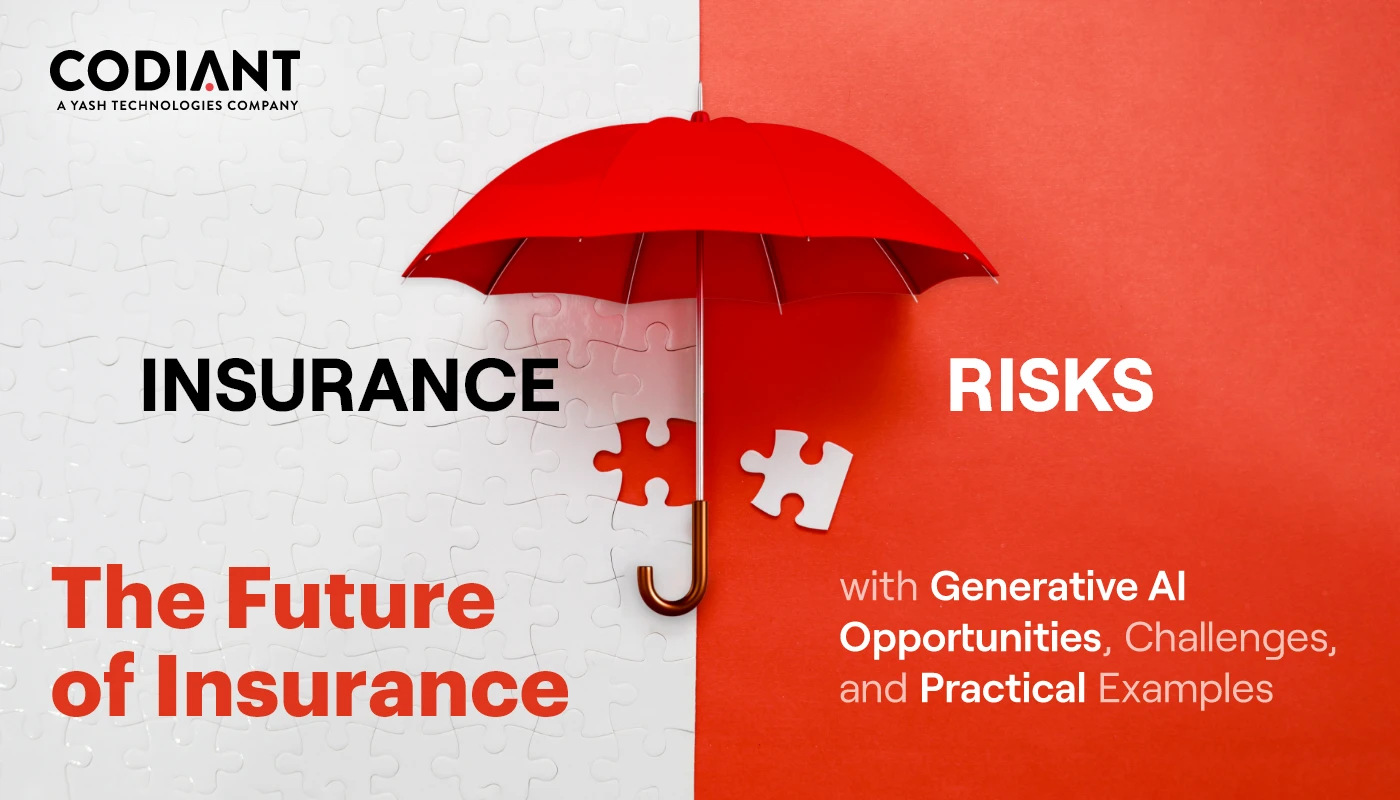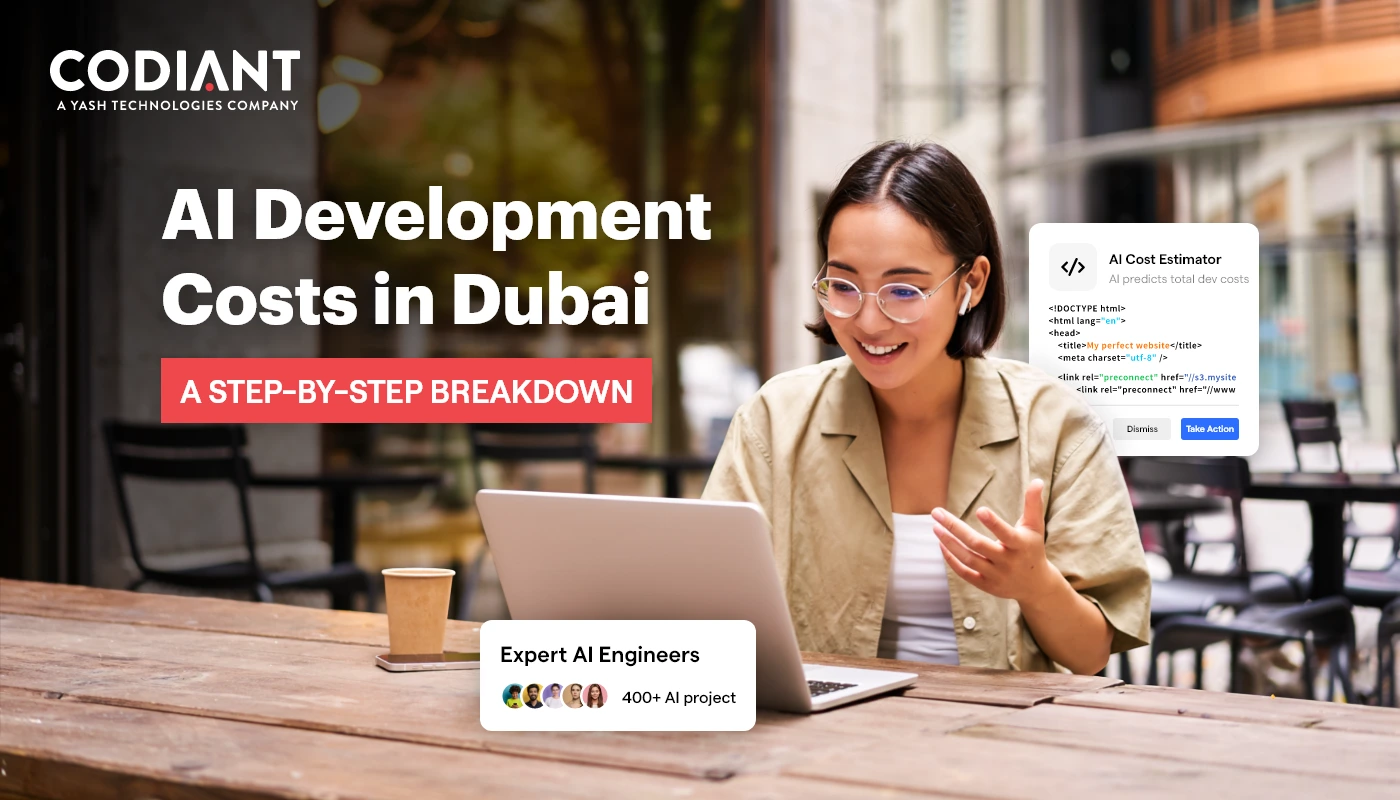Tactics To Optimize Your E-commerce Website Performance
Table of Contents
Subscribe To Our Newsletter

The E-commerce industry has become highly competitive in a short period and demands remarkable strategies to optimize online presence and enhance customer experience. Apart from that, it directly influences business conversion and sales.
If you like to optimize your digital presence to remain competitive, then this guide will prove to be a great source to gain an upper hand against your competitors. Being an e-commerce app development company, we also suggest you to follow relevant tactics to optimize your e-commerce website performance as well as e-commerce mobile app, which will help you to witness am increase in page responsiveness, page navigation, page speed, SEO, website traffic, search engine ranking, sales, conversion, and much more.
With much ado, let’s indulge in varied tactics that will help you to optimize your E-commerce website performance.
Tactics To Optimize Your E-commerce Website Performance
1. Web Scraping for Analytics and SEO
Web Scraping is often termed, Data Scraping – it follows the process of extracting and saving information from a specific website in the form of a local file or spreadsheet on the user’s computer.
It is a tried and tested tactic for e-commerce optimization to fetch data or channel that data to another website.
The popular uses of web scraping include;
- E-commerce web content or business intelligence research
- Price comparison sites
- Performing market research or exploring sales lead by browsing public data sources e.g. Twitter and Yell
- Sharing e-commerce website performance over product data to another digital vendor
- Manufacturers in the e-commerce industry can easily and effectively monitor MAP (Minimum Advertised Price) compliance
2. Optimize Title Tag, Meta Description and Images of your Web Pages
Ensure to optimize your web page’s title tag, meta description, and images. It will be beneficial for your e-commerce website performance – these details will help you to build rich snippet on the Search Engine Results Page (SERP).
The rich snippet feature will easily communicate to search engines and web surfers about what your website is promoting and serving.
Some points to be considered to improve website performance, such as
- Ensure the title tag is of 60 characters.
- Can include your brand name and location in the title tag
- Make sure to use relevant and effective keywords that promote your business on the search engine page
- Optimize images that help potential buyers see what they are purchasing
- Add ALT text in the images, which provides a brief description of the image and helps search engine crawlers
3. Product Page Segmentation
E-commerce website development companies follow multiple ways for website segmentation, where product page segmentation is one of them for e-commerce products. It will help you to specifically aim your efforts on product circulation in the market.
This will ultimately help you to boost your revenue and also allow you to put an eye on other tactics and improvement areas for your e-commerce website optimization.
The primary steps/tactics you can implement in e-commerce optimization are;
- Consider URL patterns, like ending with “.html” or containing “/product/”
- Segment products by their stock status, bestsellers, or product recommendation
- Perform web scraping to have a granular view of specific on-page elements
- Exercise the PushEngage tactic to understand the user’s activity, who checks the product and its details, then leaves the page
4. Structured Data Markup
Structured Data Markup is used in e-commerce website optimization by providing additional details about the webpage. This supports search engines to have simplified information about the web page that leads to high-ranking results in the SERPs.
The results of your e-commerce website experiences with structured data markup are;
- It will create rich snippets, knowledge boxes, carousels, rich cards, etc.
- Improves CTR (Click Through Rate) by 20%-30%
- Promotes web page ranking in organic search results
- Promote the breadcrumb navigation tool to help users to navigate through the website and find bookmarks, specific pages and content
5. Review and Rating Schema
The number of positive reviews on a product will help you to optimize your website performance and build an influential image in the business world. The more positive reviews, the higher the chances of visitors purchasing the product, especially when compared to your competitors.
The review and rating schema can be implemented in different manners;
- The product review and rating can be fetched from product markup through third-party tools or from on-page customer reviews. It will motivate the user to check out the product and consider it as a suitable purchase option. For example,
- The user’s review and feedback can also be seen on the right side of the Google result page. It influences buyers’ decisions to a great extent. This result often turns into a reliable guide for buyers to make a sensible and informed decision for understanding existing users’ reviews and star ratings at various parameters. For example,
6. Use a DNS Level Website Firewall
To keep your website data safe and at an optimized speed make sure to enhance the website security by integrating top-quality firewalls.
Usually, in an e-commerce platform, hackers try to overload the website server to steal data or install malware. This increases data vulnerability and influences the website load time as well. Which ultimately hampers user experience and results in low turnaround, bad reviews, and a failed business at worst.
There are several firewalls and firewall plugins that you can integrate into your e-commerce website to maintain data security and hold a healthy and smooth-sailing e-commerce business in the competitive business world.
7. Optimizing Web Page Crawling
To optimize your e-commerce website performance, you can set the hierarchy of your pages based on how useful the page could be in influencing users’ decisions and finding the right product without any delay.
Pages like, thank you pages after order placement, log-in or sign-up pages, etc. are not so important for users to search or find the products.
The web page crawling on Google costs businesses in terms of time and money, so the web pages need to budget accordingly. This web page crawling optimization will guide search engines to pick the essential and valuable pages of your e-commerce business platform.
8. Utilizing Caching
The caching memory allows your business to temporarily store customer browsing activities and other details.
This helps your digital platform to directly fetch the detail from cache memory when the user revisits the platform and seeks the same information.
It enables your website database server not to again raise the same query, rather, access the page from the cache, which doesn’t influence the page load time.
9. Reduce Web Page Redirects
Whenever a web page redirects to another page, to fulfill the HTTP request query the user has to wait for a while to complete the redirection cycle. This results in a delay in page load time and also negatively hampers the website speed, which in the end influences the user’s experience.
Thus, to optimize your e-commerce website performance;
- Firstly, try to minimize the number of web page redirections. However, if needed, include only the necessary pages
- Try to implement 301 and 302 server-side redirects to optimize your e-commerce website loading speed
10. Website Testing Location Selection
To carry out e-commerce optimization, maintaining the website speed is one of the major concerns for any business owner. The website speed influences from location to location. Thus, implement location testing close to your data center, as well as one that is distant.
Such, location-based website speed testing helps you to have an idea about how your real-time customers are having an experience with your digital store.
The various tools can be used to test location-specific website speed, such as Web Page Test, GTmetrix, PageSpeed Insights, etc.
Apart from that, you can also install CDN (Content Delivery Network), like Cloudflare. It helps to understand how much the content is influencing the website load speed and what tactics can be implemented to optimize the speed.
In a Nutshell!
According to the market study, about 30% of e-commerce website visitors enter the platform after having the consideration for a specific product. It means they are not just jogging around, they know what they want and are planning to make purchases. So, being an e-commerce platform owner, it is your responsibility to serve them with the best options your platform contains.
Therefore, if you like to learn more about e-commerce website performance optimization, you can reach out to us. Codiant is a well-known face among the e-commerce app development companies and we have expert SEO analysts and strategists, who can help and guide you in building the most appropriate strategies, as your business demands to outperform in the market.
Featured Blogs
Read our thoughts and insights on the latest tech and business trends
Generative AI in Insurance: Benefits, Risks & Use Cases
- October 15, 2025
- Artificial Intelligence
In a Nutshell: Generative AI is giving insurance a major upgrade - turning hours of paperwork into minutes of smart automation. It helps insurers read claims, write summaries, and understand risks faster than ever before.... Read more
AI in Warehouse Management – Challenges, Benefits, Costs
- October 10, 2025
- Artificial Intelligence
In a Nutshell: Warehouses are under pressure from labor shortages, rising costs & real-time order demands. Traditional systems can’t keep up - AI brings predictive, responsive & automated solutions. AI benefits include sharper forecasting, faster... Read more
How Much Does It Cost to Develop an AI System in Dubai?
- October 8, 2025
- Artificial Intelligence
KeyTakeaways: AI adoption in Dubai is booming - driven by the UAE’s AI Strategy 2031 and Dubai’s smart city vision. Costs vary widely- Small projects start around AED 70,000, while enterprise-grade AI platforms can exceed... Read more




